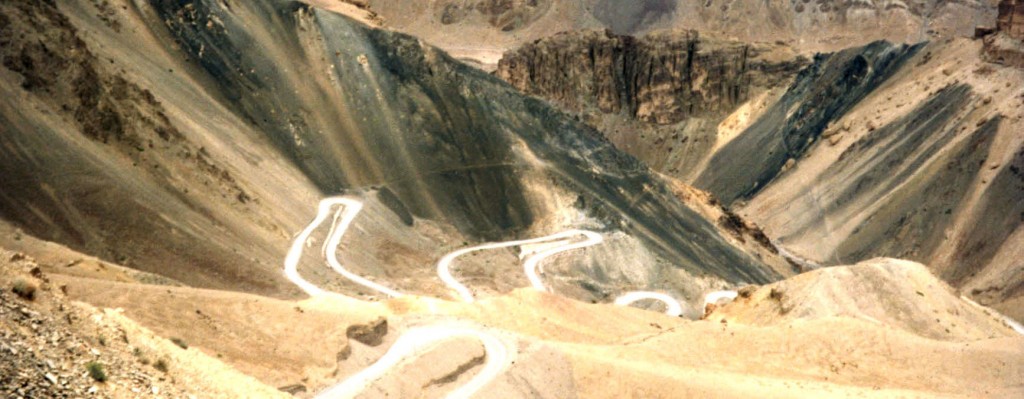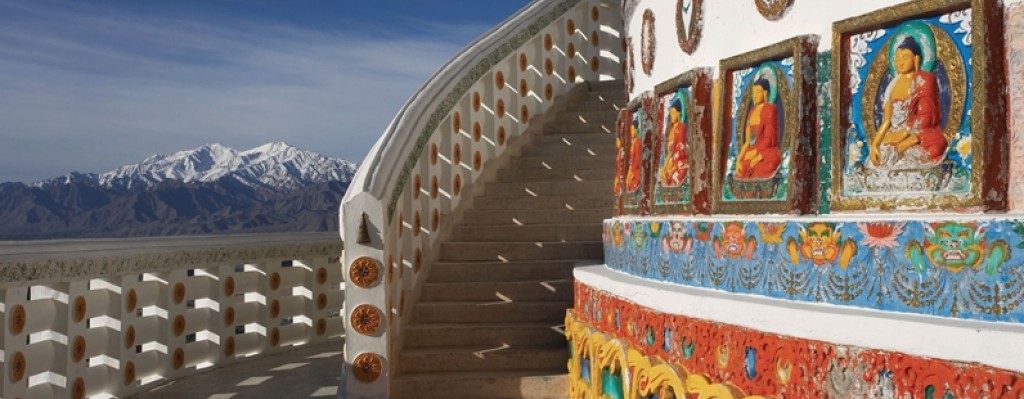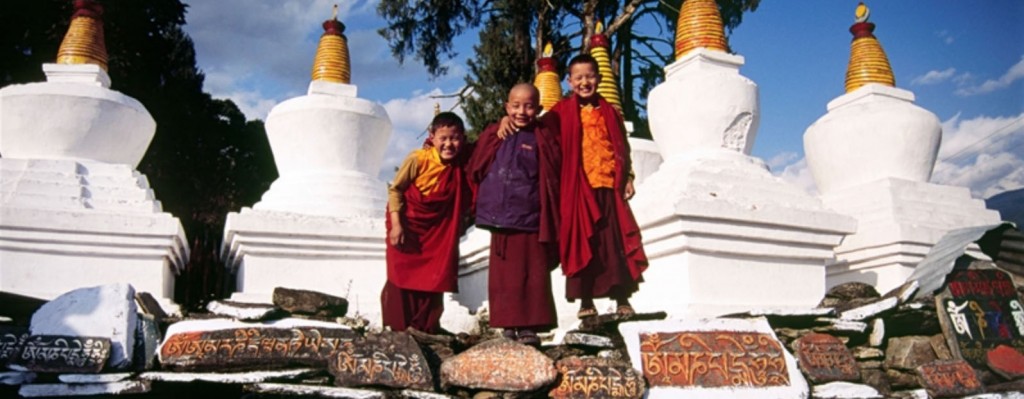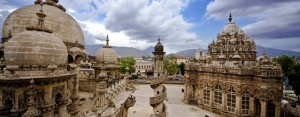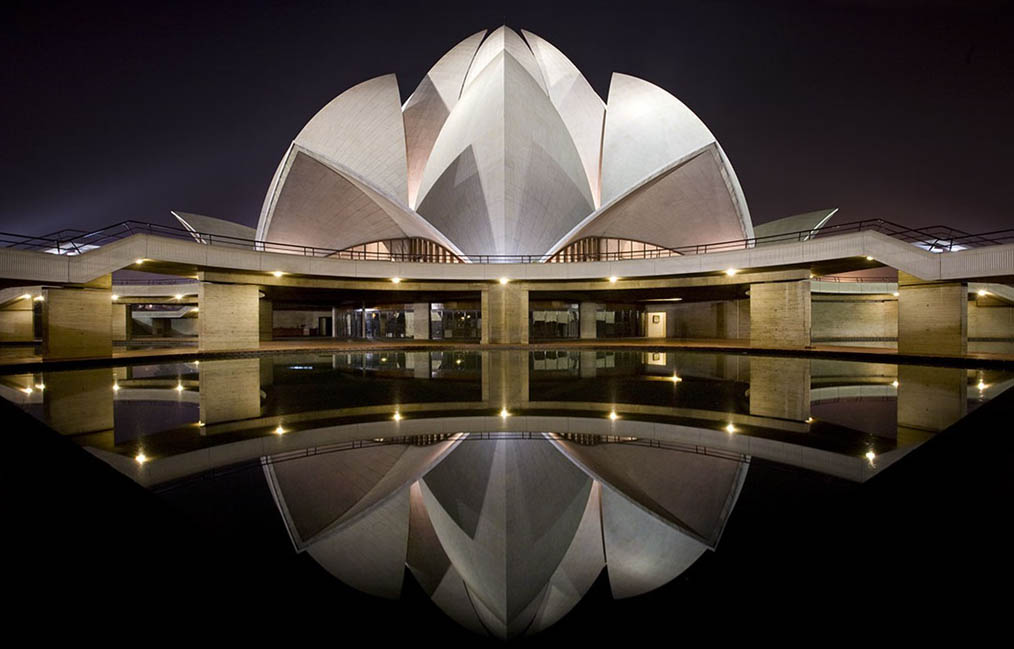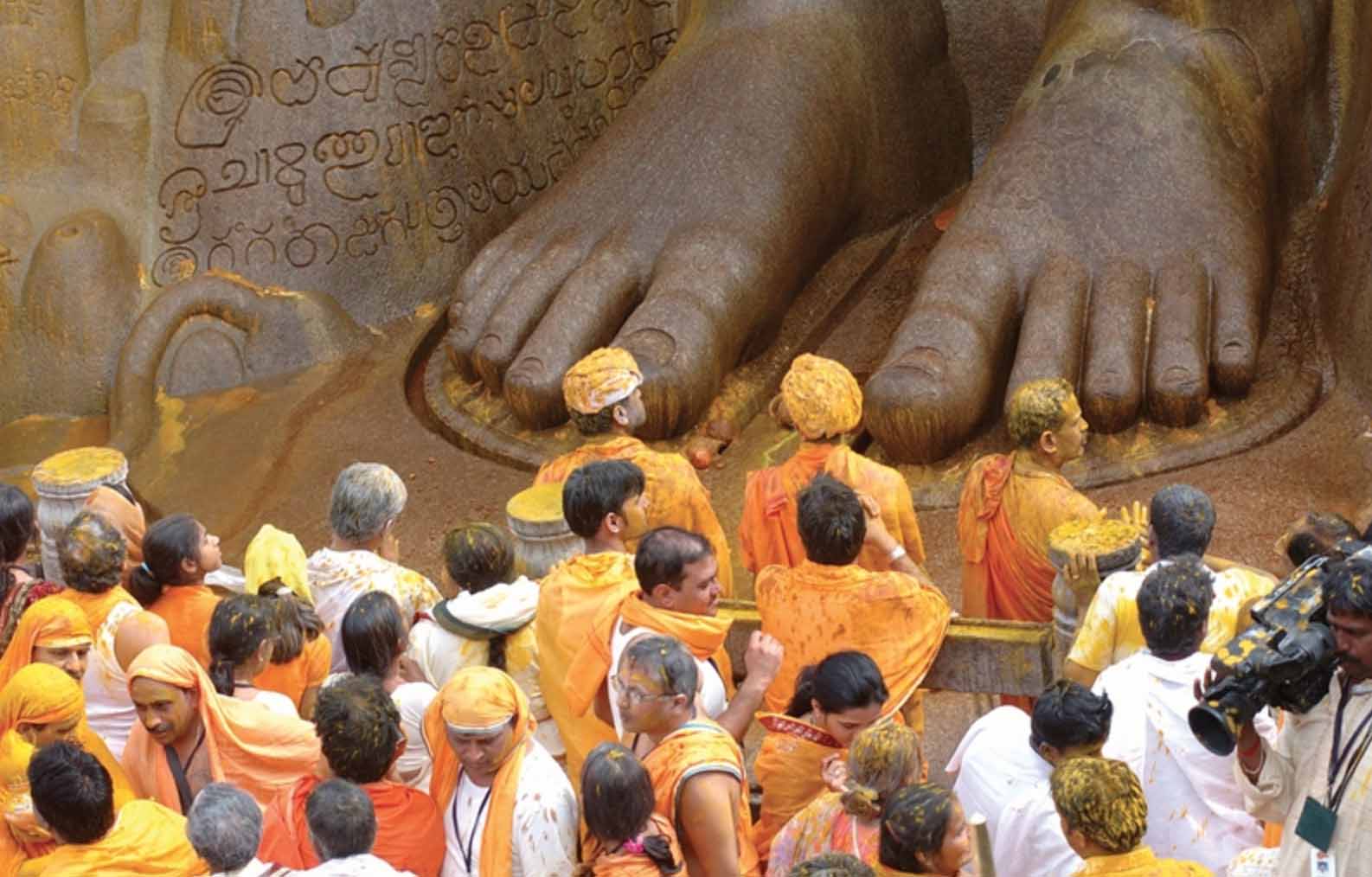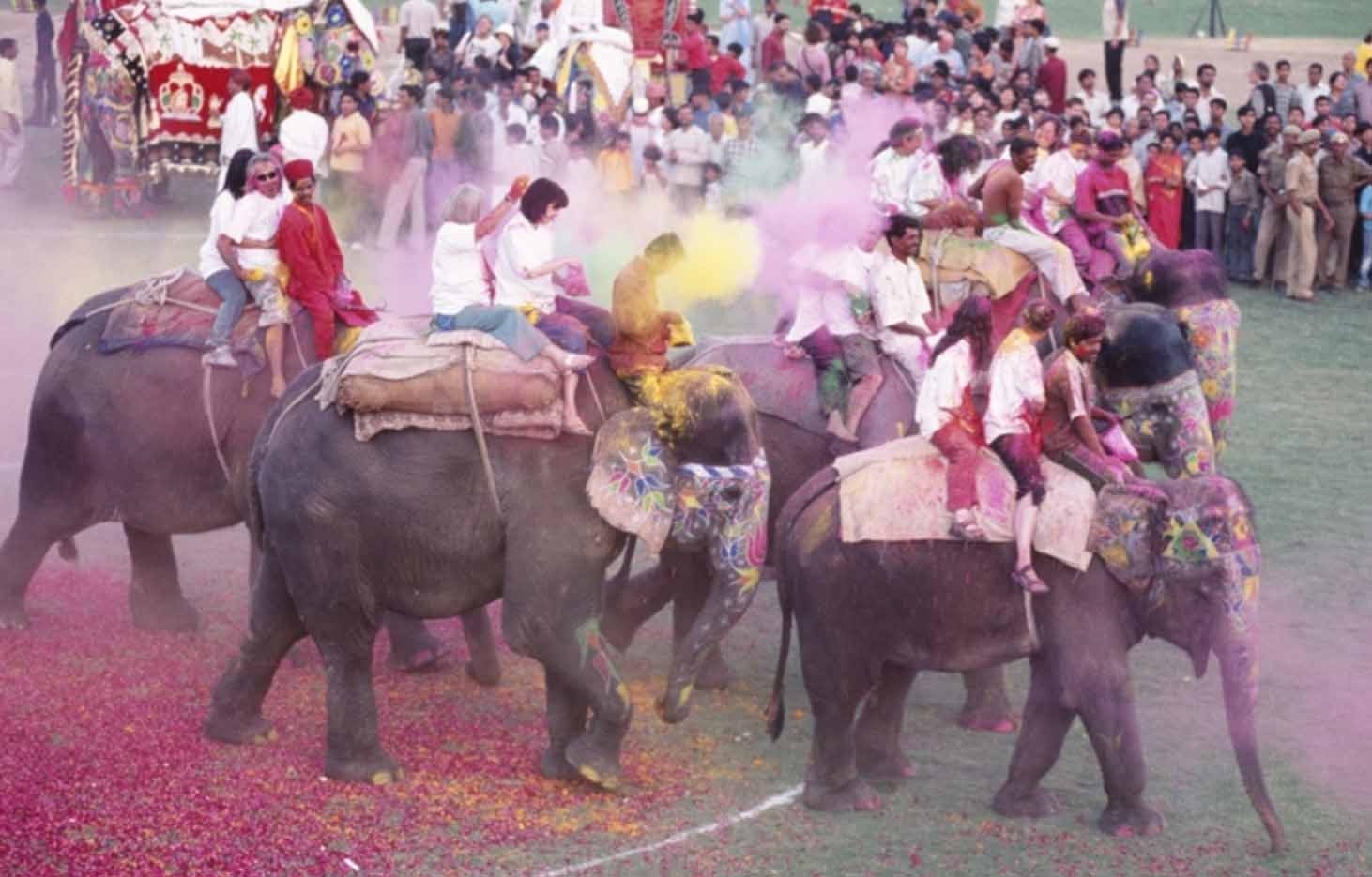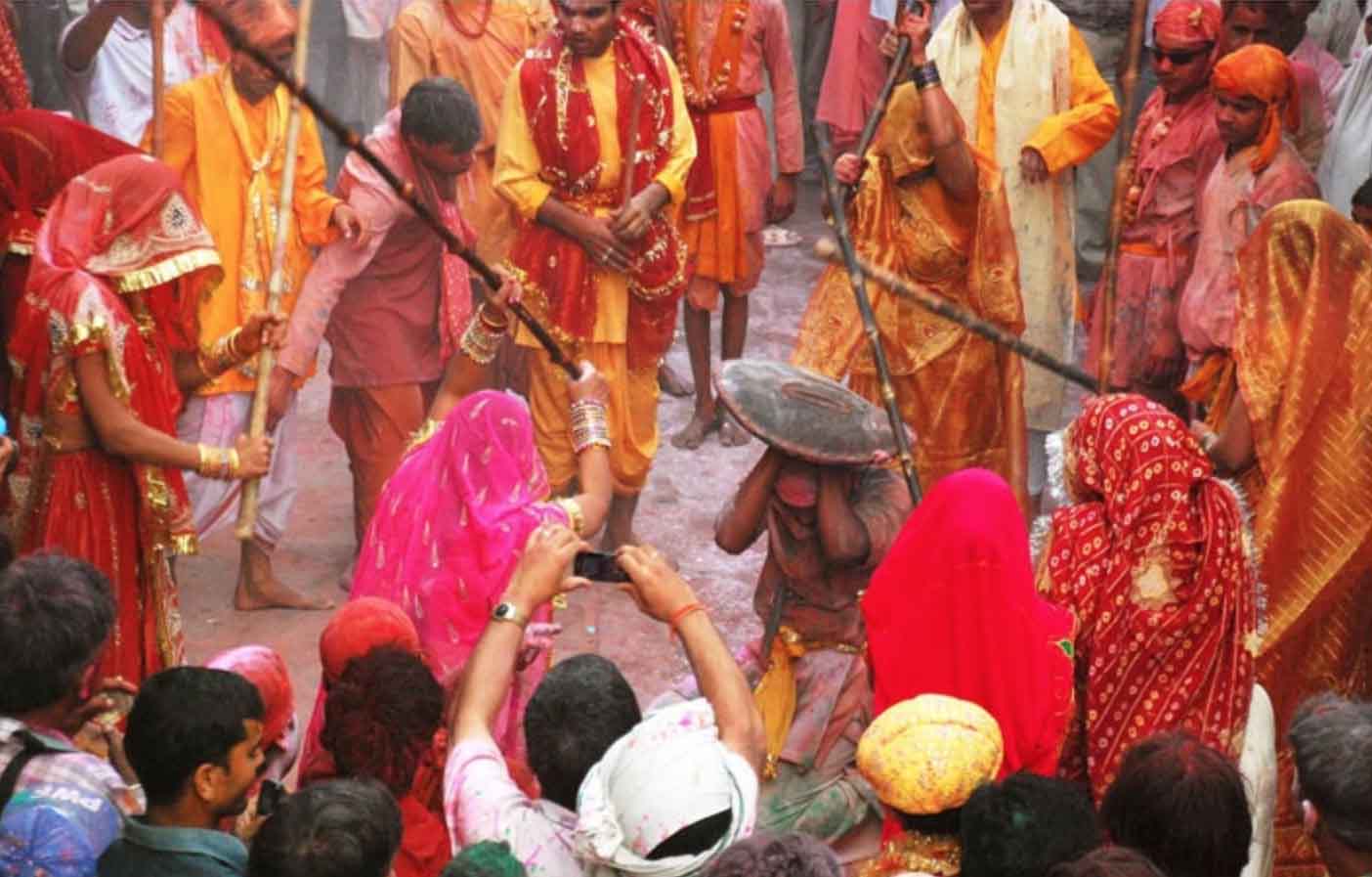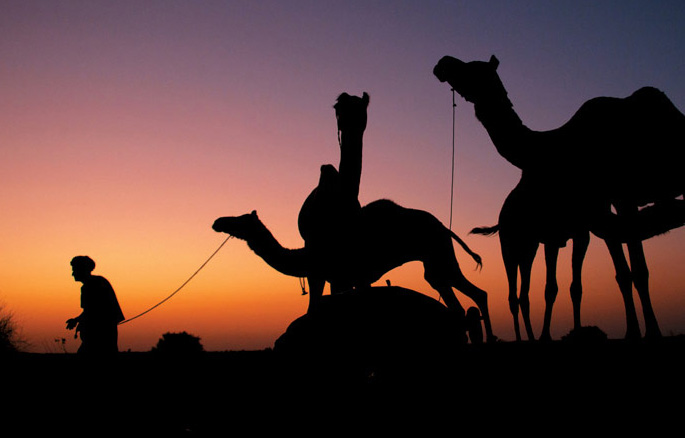Day 1 Delhi
You are greeted at the airport in Delhi and escorted to your hotel. The day includes a sightseeing tour of the British-built capital of New Delhi, the garden city built in 1911. We visit Humayun’s Tomb built in mid 16 th century, the Rashtrapati Bhawan (the Viceroy’s House) the stone arch of triumph – India Gate, and the Birla Mandir (Lakshmi Narayan temple).
Days 2 - 3 Udaipur
Our journey commences with a flight to Udaipur, set in the Girwa valley amidst the Aravalli hills. It is a beautiful city, regarded by many Indians and foreign visitors as one of the most romantic in India. We visit the imposing City Palace, towering over the lake, which is the largest palace complex in Rajasthan. We also stop at Jagdish mandir – the fine Indo-Aryan temple enshrines a black stone image of Vishnu. We also visit the Sahelion-ki-bari, or Garden of the Maids of Honor. From Udaipur we take a full day excursion to Chittaurgarh, one of the oldest cities in Rajasthan. The sprawling hilltop fort of Chittaurgarh epitomizes the romantic, doomed ideal of Rajput chivalry. Traveling by boat to the Lake Palace, we enjoy a gourmet dinner, and bask in luxury literally out of a James Bond movie.
Day 4 Kumbhalgarh
As we overland to Kumbhalgarh, we visit Ranakpur – one of the biggest and most important Jain temples in India. The main temple is the ‘Chaumukha temple’, or Four-Faced temple. Built in 1439, this huge, superbly crafted temple has 29 halls supported by 1444 pillars – of which no two are alike. We also visit Kumbhalgarh’s impressive fort. It was here that the rulers of Mewar retreated in times of danger. The walls of the fort stretch some 36km and enclose many temples, palaces, gardens and water storage facilities.
Days 5 - 6 Deogarh
The Deogarh Mahal, a castle of medieval Rajasthan was built in 1670 as a family residence. The Mahal offers a commanding view of the surrounding Aravalli hills. Renowned as a school of miniature painting, some of the Deogarh miniatures are still in the personal collection of the present Rawat Sahib. In Deogarh we undertake a village-safari tour known as ‘rural ramble’ into the rugged countryside, in country-designed motor vehicles. We also have plenty of time free for relaxation or exploring.
Days 7 - 8 Pushkar
From Deogarh, we head to the holiest and most ancient of Hindu pilgrim centres, Pushkar. It is home to one the very few Brahma temples in the world. It is even said that the creator of the universe created the town itself. The town is a maze of temples and hermitages, and is filled with ascetics and devotees. The beautiful lake in Pushkar, is surrounded by 52 bathing ghats or steps. In the evening, we visit Pushkar lake and witness the arati (worship) and chanting ceremony at the Brahma temple. We make an excursion to nearby Ajmer, one of the most important centers of pilgrimage for India’s Muslims. The great Sufi saint Khwaja Mu’inuddin Chishti (1143-1235) is buried at the Dargah Sharif in Ajmer. It is said that a visit to his shrine will fulfill a devotee’s wish. We also visit the mosques, pavilions and gateways now surrounding the mausoleum. In particular, we see the Adhai-din-ka Jhopra, built in 1155, one of the finest monuments of medieval India.
Days 9 - 10 Jaipur
The vibrant capital of Rajasthan is Jaipur. On the way, we stop at Kishangarh, a charming little town famous for having the finest school of miniature painting in eighteenth century India. From Kishangarh, we continue our journey to Jaipur, popularly known as the ‘pink city’. In Jaipur we visit the City Palace complex in the heart of the old city, and the Jantar Mantar historical observatory. We also visit Amber Fort, riding up to the hilltop on elephant back. The fort is a superb example of Rajput architecture, stunningly situated on a hillside and overlooking a lake.
Day 11 Agra
No visitor to India should miss the Taj Mahal. En route to its home in Agra, we visit Fatehpur Sikri. Akbar’s capital for a while was founded in 1571 as a thanksgiving to a Muslim saint, Sheikh Salim Chishti. Fatehpur Sikri casts a haunting spell on visitors, especially at dawn and dusk. It is a UNESCO World Heritage site. The following morning, we visit the Taj Mahal, described as the most extravagant monument ever built for love. It was constructed by Emperor Shah Jahan in memory of his second wife, Mumtaz Mahal, whose death in childbirth in 1631 left the emperor so heartbroken that his hair is said to have turned grey overnight. Construction of the Taj began in the same year and was not completed until 1653. We also visit the massive red sandstone Agra Fort (Red Fort) on the bank of the Yamuna river.
Days 12 - 13 Lucknow
In the evening, we transfer to the railway station for our train to Lucknow. Lucknow, the capital of Uttar Pradesh, rose to prominence as the center of the nawabs of Avadh. These decadent Muslim rulers controlled a region of north-central India for about a century after the decline of the Mughal empire. We visit the Bara Imambara or Great Imambara (an ‘imambara’ is the tomb of a Shi’ite Muslim holy man) built in 1784 by Asaf-ud-Daulah as a famine relief project. Also built by Asaf-ud-Daulah, is the imposing Rumi Darwaza, a replica of an entrance gate built in Istanbul. Then we visit the Hussainabad Imambara, also known as Chhota, or small Imambara built by Mohammed Ali Shah in 1837 as his own mausoleum.
Day 14 Allahabad
For the Hindus, Allahabad is particularly sacred because it is at the ‘sangam’ or confluence of the Ganga and the Yamuna. We visit this marvelous place and reflect on the importance of water to all of us on the planet. It was in Allahabad that the East India Company officially handed over control of India to the British government in 1858. We also visit the Anand Bhawan, the shrine to the Nehru family. Culminates with a boat cruise at sunset.
Days 15 - 16 Varanasi
Varanasi is unique – one of the holiest places in India. Hindu pilgrims come to bathe in the waters of the Ganges, a ritual which washes away all sins. The city, also known as Benares, is an auspicious place to die, since it is thought that expiring here ensures release from the cycle of rebirth. It has been a centre of learning and civilization for over 2000 years. Mark Twain noted that ‘Benares is older than history, older than tradition, older even than legend, and looks twice as old as all of them put together’. From Varanasi we also visit Sarnath, one of Buddhism’s major centres in India. The Buddha came to this hamlet to preach his message of the ‘middle way’ to nirvana after he achieved enlightenment at Bodhgaya. Later, the great Buddhist emperor Ashoka erected magnificent stupas and monasteries here. We visit the Sarnath Museum which is a treasure trove of Buddhist sculptures, inscriptions and pottery. On our second day in Varanasi we wake early for a boat cruise on the Ganges River to witness the sunrise. At first light the Hindu pilgrims come to bathe in the sacred Ganga, facing the rising sun. We also witness an evening cultural show of music and dance at one of the ghats.
Days 17 - 18 Delhi
After a relaxing morning in Varanasi we fly back to Delhi where we visit the Old City. We pass by the imposing red sandstone walls of Lal Qila (Red Fort) and take a bicycle rickshaw ride through the narrow lanes, to the Jama Masjid, the largest mosque in India and the last great architectural work of Shah Jahan. The last day finishes with breakfast and an escort to your international flight.

